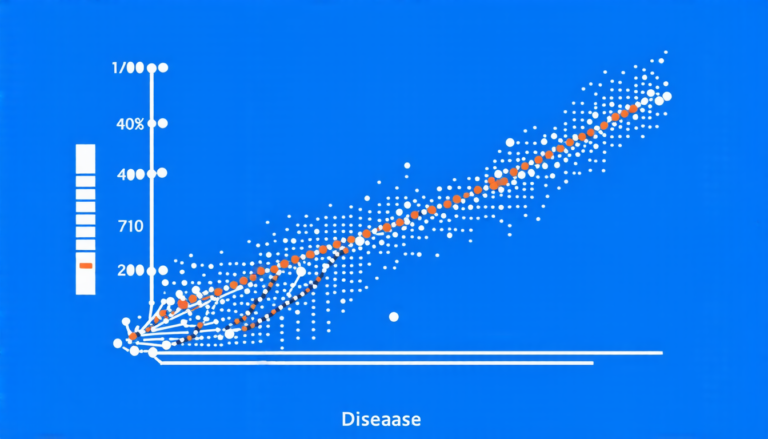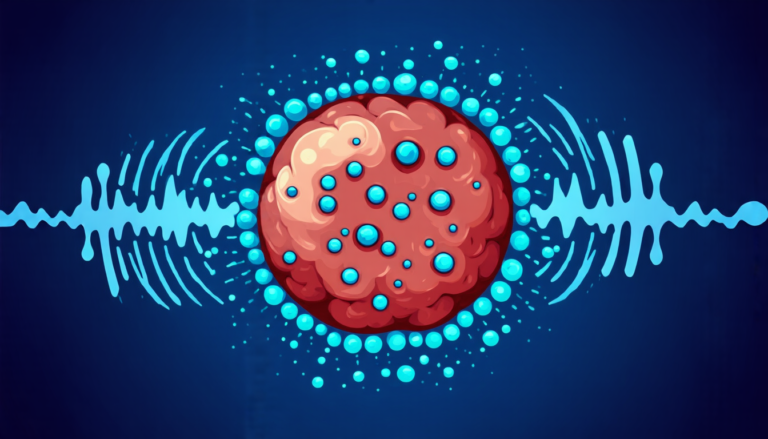Wednesday 16 April 2025
Coffee is one of the most widely consumed beverages in the world, and its production relies heavily on small-scale farmers who cultivate it in tropical regions. However, a devastating disease has been threatening coffee crops for decades – coffee leaf rust. This fungal infection, caused by Hemileia vastatrix, can wipe out entire plantations, leading to significant economic losses and food insecurity.
To combat this problem, scientists have been exploring various strategies to control the spread of coffee leaf rust. One promising approach is biological control, which involves introducing natural predators or parasites that prey on the fungus. In a recent study, researchers developed a mathematical model to simulate the dynamics of coffee leaf rust and predator-prey interactions under impulsive biocontrol.
The team used ordinary differential equations (ODEs) to describe the spread of the disease, taking into account factors such as the number of infected leaves, the rate at which new infections occur, and the effectiveness of biological control. They also incorporated a threshold-based approach, where predators are released when the infection level reaches a certain threshold.
The results showed that impulsive biocontrol can be an effective strategy in controlling coffee leaf rust outbreaks. The model revealed that releasing predators at regular intervals can significantly reduce the number of infected leaves and prevent the disease from spreading further. Moreover, the study found that a low threshold for introducing predators is generally better than setting too high a threshold.
The researchers also explored the role of stochastic fluctuations in their model. They used continuous-time Markov chains to simulate the spread of the disease over time, taking into account random events such as changes in weather patterns or variations in predator populations. This approach allowed them to estimate the probability that coffee leaf rust will naturally disappear without intervention.
The findings have significant implications for small-scale farmers who rely on coffee production. By incorporating biological control strategies and adapting to changing environmental conditions, they can reduce their reliance on fungicides and minimize economic losses due to disease outbreaks.
This study demonstrates the power of mathematical modeling in understanding complex ecological systems and developing effective management strategies. By combining theoretical insights with practical applications, scientists can help mitigate the impact of coffee leaf rust and ensure a sustainable future for coffee production.
Cite this article: “Unlocking the Secrets of Coffee Leaf Rust: A Mathematical Model for Effective Control Strategies”, The Science Archive, 2025.
Coffee Leaf Rust, Biological Control, Mathematical Modeling, Ordinary Differential Equations, Impulsive Biocontrol, Threshold-Based Approach, Stochastic Fluctuations, Continuous-Time Markov Chains, Coffee Production, Sustainable Farming
Reference: Clotilde Djuikem, Julien Arino, “Threshold-based impulsive biocontrol for coffee leaf rust” (2025).







